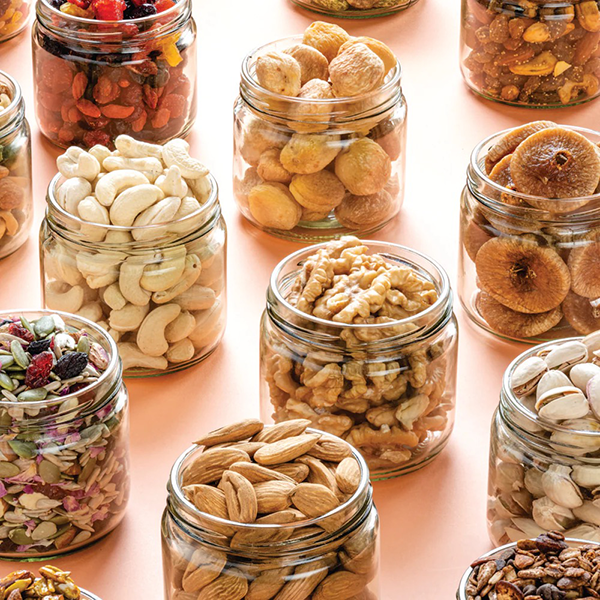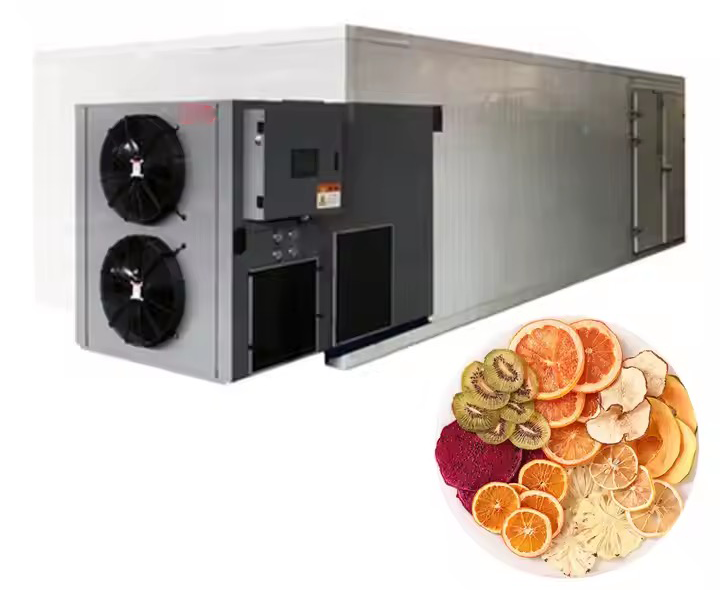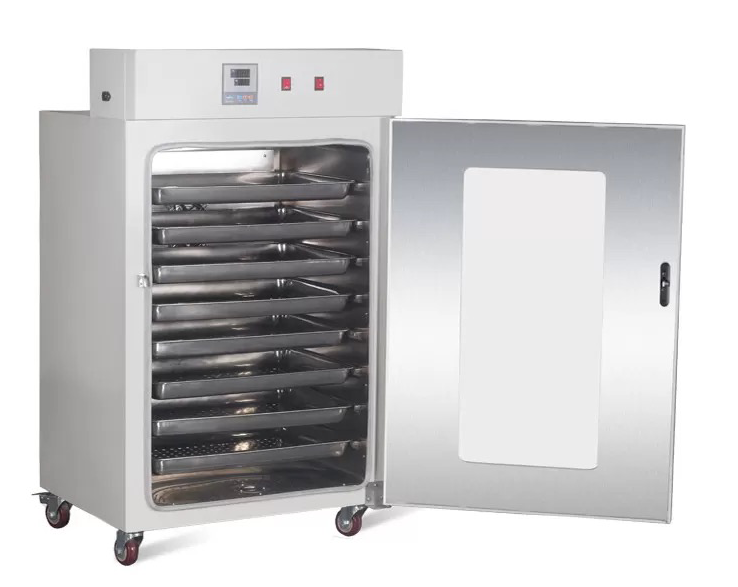
Content Menu
● Understanding Food Drying Machines
>> What is a Heat Pump Dryer?
>> What is a Condenser Dryer?
● Key Differences Between Heat Pump and Condenser Dryers
● Advantages of Heat Pump Dryers
● Advantages of Condenser Dryers
● Applications in Food Processing
>> Specific Use Cases:
● Choosing the Right Dryer for Your Needs
● Maintenance Considerations
>> Heat Pump Dryer Maintenance:
>> Condenser Dryer Maintenance:
● Technological Innovations in Food Drying
● Conclusion
● FAQ
>> 1. What is the primary difference between heat pump and condenser dryers?
>> 2. Are heat pump dryers suitable for all types of food?
>> 3. Which dryer type is more cost-effective in the long run?
>> 4. Can I use a condenser dryer for delicate foods?
>> 5. How do I determine which dryer is best for my business?
In the world of food processing, drying is a crucial step that enhances the shelf life and flavor of various products. As a manufacturer of food drying machines in China, we cater to international brands, wholesalers, and producers with OEM services. This article will delve into the comparison between heat pump dryers and condenser dryers, exploring their functionalities, advantages, and applications in food drying.

Understanding Food Drying Machines
Food drying machines are essential for removing moisture from food products, thereby preventing spoilage and extending their shelf life. The two most common types of dryers used in the industry are heat pump dryers and condenser dryers. Both have unique mechanisms and benefits that make them suitable for different drying needs.
What is a Heat Pump Dryer?
Heat pump dryers utilize a refrigeration cycle to extract moisture from food products. They work by circulating air through a heat exchanger, where the air is heated before being blown into the drying chamber. The moisture-laden air is then cooled down, causing the moisture to condense and be collected. This process is energy-efficient and allows for precise temperature control.
Key Components of Heat Pump Dryers:
- Heat Exchanger: This component transfers heat between the refrigerant and the air, ensuring efficient heat recovery.
- Compressor: The compressor circulates refrigerant through the system, maintaining the necessary pressure for efficient moisture extraction.
- Fan: A fan circulates air within the drying chamber, promoting even drying across all food items.
What is a Condenser Dryer?
Condenser dryers operate by using a heating element to warm the air inside the drying chamber. As the warm air passes over the food items, it absorbs moisture. The moisture-laden air is then directed to a condenser, where it cools down and releases the moisture as water. Condenser dryers are generally simpler in design but may consume more energy compared to heat pump dryers.
Key Components of Condenser Dryers:
- Heating Element: This component heats the air before it enters the drying chamber.
- Condenser: The condenser cools down the moist air to facilitate moisture removal.
- Drip Tray: A drip tray collects condensed water from the air, which can be drained away or reused.
Key Differences Between Heat Pump and Condenser Dryers
| Feature | Heat Pump Dryer | Condenser Dryer |
| Energy Efficiency | Highly efficient, lower energy consumption | Less efficient, higher energy usage |
| Temperature Control | Precise temperature control | Limited temperature control |
| Operating Cost | Lower operating costs | Higher operating costs |
| Drying Speed | Slower drying process | Faster drying process |
| Environmental Impact | Eco-friendly, uses less energy | More environmental impact due to higher energy consumption |
Advantages of Heat Pump Dryers
- Energy Efficiency: Heat pump dryers are known for their low energy consumption. They recycle heat within the system, making them an environmentally friendly option.
- Gentle Drying: The low-temperature drying process preserves the nutritional value and quality of food products better than high-temperature methods.
- Versatility: These dryers can handle a variety of food products, including fruits, vegetables, and meats.
- Cost-Effective: Although the initial investment may be higher, the long-term savings on energy costs make heat pump dryers more economical.
- Reduced Carbon Footprint: By consuming less energy, heat pump dryers contribute to lower greenhouse gas emissions compared to traditional drying methods.

Advantages of Condenser Dryers
- Faster Drying: Condenser dryers typically dry food products more quickly due to their higher operating temperatures.
- Simplicity: The design of condenser dryers is generally simpler than that of heat pump dryers, making them easier to maintain.
- Lower Initial Cost: The upfront cost of condenser dryers is usually lower than that of heat pump dryers.
- Immediate Results: For businesses needing quick turnaround times for dried products, condenser dryers can provide faster results without compromising too much on quality.
Applications in Food Processing
Both types of dryers have specific applications in food processing:
- Heat Pump Dryers: Ideal for delicate foods like herbs and fruits where preserving flavor and nutrients is essential. They are also suitable for large-scale operations requiring consistent results.
- Condenser Dryers: Often used for bulk drying processes where speed is prioritized over energy efficiency. They are suitable for products like grains or nuts that can withstand higher temperatures.
Specific Use Cases:
1. Fruits and Vegetables:
- Heat pump dryers are preferred for fruits like apples and strawberries due to their ability to retain color and flavor.
- Condenser dryers can be used for vegetables like carrots or potatoes where rapid drying is more critical than retaining nutrients.
2. Meat Products:
- Heat pump technology is beneficial in jerky production as it reduces cooking loss while maintaining tenderness.
- Condenser dryers can effectively dry larger batches of meat products quickly but may not maintain as much quality as heat pump systems.
3. Herbs and Spices:
- Heat pump dryers are ideal because they operate at lower temperatures that preserve essential oils.
- Condenser dryers may lead to loss of volatile compounds if not monitored carefully during operation.
Choosing the Right Dryer for Your Needs
When deciding between a heat pump dryer and a condenser dryer for your food processing needs, consider the following factors:
- Type of Food Product: Some foods require gentle drying methods to retain quality; others can handle more aggressive drying techniques.
- Energy Costs: Evaluate your local energy prices to determine which dryer will be more cost-effective in the long run.
- Production Volume: High-volume operations may benefit from faster drying times offered by condenser dryers while still considering quality preservation needs.
- Environmental Considerations: If sustainability is a priority for your business, heat pump dryers may be the better choice due to their lower energy consumption and reduced carbon footprint.
Maintenance Considerations
Proper maintenance is crucial for ensuring longevity and efficiency in both types of dryers:
Heat Pump Dryer Maintenance:
- Regularly clean filters to maintain airflow efficiency.
- Check refrigerant levels periodically; low levels can hinder performance.
- Inspect seals on doors and hatches to prevent air leaks that could affect efficiency.
Condenser Dryer Maintenance:
- Clean condensate trays regularly to avoid overflow issues.
- Ensure heating elements are functioning correctly; replace if necessary.
- Regularly check ductwork for blockages that could impede airflow.
Technological Innovations in Food Drying
The food drying industry has seen significant technological advancements in recent years. Innovations such as IoT (Internet of Things) integration allow manufacturers to monitor dryer performance remotely. This technology enables real-time adjustments based on humidity levels or product type, optimizing both efficiency and product quality.
Additionally, advancements in materials used in dryer construction have improved thermal insulation properties. This enhancement reduces energy loss during operation and contributes further to overall efficiency gains.
Conclusion
In conclusion, both heat pump and condenser dryers have their unique advantages and disadvantages when it comes to quick drying food products. Heat pump dryers are more energy-efficient and preserve food quality better, while condenser dryers offer faster drying times at a lower initial cost. Ultimately, the choice between these two types of dryers depends on your specific needs regarding product type, production volume, budget constraints, and environmental considerations.
Investing in either technology will significantly enhance your food processing capabilities; however, understanding your operational requirements will guide you towards making an informed decision that aligns with your business goals.

FAQ
1. What is the primary difference between heat pump and condenser dryers?
The primary difference lies in their energy efficiency; heat pump dryers recycle heat for lower energy consumption while condenser dryers use higher temperatures for quicker drying but consume more energy.
2. Are heat pump dryers suitable for all types of food?
Yes, heat pump dryers are versatile and can dry various food types effectively while preserving their quality.
3. Which dryer type is more cost-effective in the long run?
Heat pump dryers tend to be more cost-effective over time due to their lower operating costs despite higher initial investments.
4. Can I use a condenser dryer for delicate foods?
While you can use a condenser dryer for delicate foods, it may not preserve their quality as effectively as a heat pump dryer due to higher operating temperatures.
5. How do I determine which dryer is best for my business?
Consider factors such as the type of food product you will be drying, your production volume needs, energy costs in your area, and your environmental sustainability goals when making your decision.











